- Product
- Solution for
For Your Industry
- Plans & Pricing
- Company
- Resources
For Your Industry
In the competitive world of ecommerce, especially with the rise of subscription models, Annual Recurring Revenue (ARR) has become a key metric for measuring financial health, stability, and growth potential. Whether you’re a subscription-based retailer or an ecommerce brand with a strong focus on repeat purchases, ARR is essential for predicting consistent revenue streams, understanding customer loyalty, and ensuring long-term growth.
This comprehensive guide delves into what ARR is, why it matters for ecommerce retailers, how it differs from Monthly Recurring Revenue (MRR), and actionable strategies to optimize ARR for your business.

Annual Recurring Revenue (ARR) is the total revenue a business can expect annually from repeat purchases or subscription-based sales. Unlike one-time transactions, ARR focuses on predictable, recurring revenue generated from loyal customers. For ecommerce businesses, ARR could encompass revenue from subscriptions, loyalty programs, or even regular, high-frequency purchases by repeat customers.
ARR offers ecommerce brands a steady view of future revenue, serving as a reliable benchmark for tracking the impact of marketing, product offerings, customer experience, and pricing strategies.
ARR goes beyond just tracking subscription revenue. It also sheds light on how well a brand cultivates loyalty and repeat purchases. Here’s why ARR is crucial:
ARR provides ecommerce brands with a clear picture of annual revenue trends, making it easier to track growth and plan for the future. Ecommerce brands can gauge the effects of strategic changes—such as new product lines, customer engagement tactics, or seasonal campaigns—and benchmark their performance year-over-year.
ARR is a predictable revenue metric, which is particularly valuable in ecommerce, where inventory planning and demand forecasting are critical. By knowing the approximate revenue expected from loyal customers, brands can better manage inventory, optimize marketing spend, and prepare for peak seasons with confidence.
Predictable ARR highlights a stable customer base, which makes brands attractive to investors. Investors often prioritize businesses with high ARR growth, as it indicates long-term stability and customer loyalty. By focusing on ARR, brands can strengthen their financial standing and prepare for expansion or new product investments.
ARR reflects how effectively an ecommerce brand can retain customers and nurture loyalty. For ecommerce, where customer retention and repeat purchasing behavior drive revenue, ARR is a critical gauge of how well brands engage their customers and foster lasting relationships.
To calculate ARR, focus only on recurring revenue from predictable, repeat purchases or subscriptions. The basic ARR formula is:
ARR = (Annual subscription revenue + repeat purchase revenue) – revenue lost from churned customers
For ecommerce brands, ARR includes:
If your brand has monthly subscription customers, you can approximate ARR by multiplying Monthly Recurring Revenue (MRR) by 12, but remember to adjust for seasonality, promotions, and potential fluctuations in demand.
Let’s say an ecommerce retailer sells a beauty box subscription at $20/month. They also have a core group of customers who regularly purchase skin care products, averaging $200/year. For simplicity, assume they have 1,000 subscribers and 500 repeat-purchase customers.
Total ARR = $240,000 + $100,000 = $340,000
This ARR calculation enables the brand to project annual revenue from loyal customers and make informed marketing and inventory decisions based on expected demand.
To maintain an accurate view of recurring revenue, some non-recurring elements should be excluded from ARR:
By focusing only on revenue that is predictable and recurring, ecommerce brands get a more precise view of ARR.
Consider an ecommerce business selling subscription meal kits at $15 per kit, delivered weekly. A significant number of customers also purchase additional specialty items, such as spices or condiments, averaging $50 per customer annually. Here’s how ARR would look:
ARR for this meal kit brand is $1,220,000.
With this ARR, the brand has a clear view of annual revenue from core products and recurring add-ons, which can help guide decisions on product expansion, customer engagement, and operational investments.
Both ARR and MRR are essential for understanding revenue trends, but they serve different purposes for ecommerce businesses:
For ecommerce brands, ARR offers a stable, annual snapshot of predictable revenue, while MRR can be useful for monitoring short-term changes in purchasing behavior.
ARR growth is crucial for building a sustainable ecommerce brand. Here are four strategies to maximize ARR:
Customer acquisition is a critical driver of ARR, particularly for ecommerce businesses. Here’s how to strengthen acquisition:
Encouraging customers to make repeat purchases or subscribe to product offerings is one of the most effective ways to increase ARR:
Customer retention is vital for ecommerce, as loyal customers contribute significantly to ARR. Here’s how to enhance loyalty:
Pricing optimization can significantly enhance ARR by ensuring customers get value for their subscription costs. Leveraging machine learning pricing solutions can refine pricing strategies to increase both customer satisfaction and profitability. AI-driven pricing analysis considers customer behavior, market trends, and demand elasticity, helping you identify optimal price points.
ARR is linked to several important business metrics that reflect the growth and health of an ecommerce brand:
ARR provides ecommerce brands with a reliable gauge of their recurring revenue streams, helping businesses make informed decisions, improve customer retention, and drive consistent growth. For ecommerce retailers, focusing on ARR means paying attention to customer acquisition, loyalty programs, subscription services, and personalized experiences, all of which contribute to predictable revenue.
By implementing ARR growth strategies, such as enhancing customer loyalty, optimizing pricing, and fostering repeat purchases, ecommerce brands can create a sustainable foundation that fuels growth and secures a competitive edge. ARR is more than a metric—it’s a powerful indicator of a brand’s health and long-term potential in an ever-evolving market.


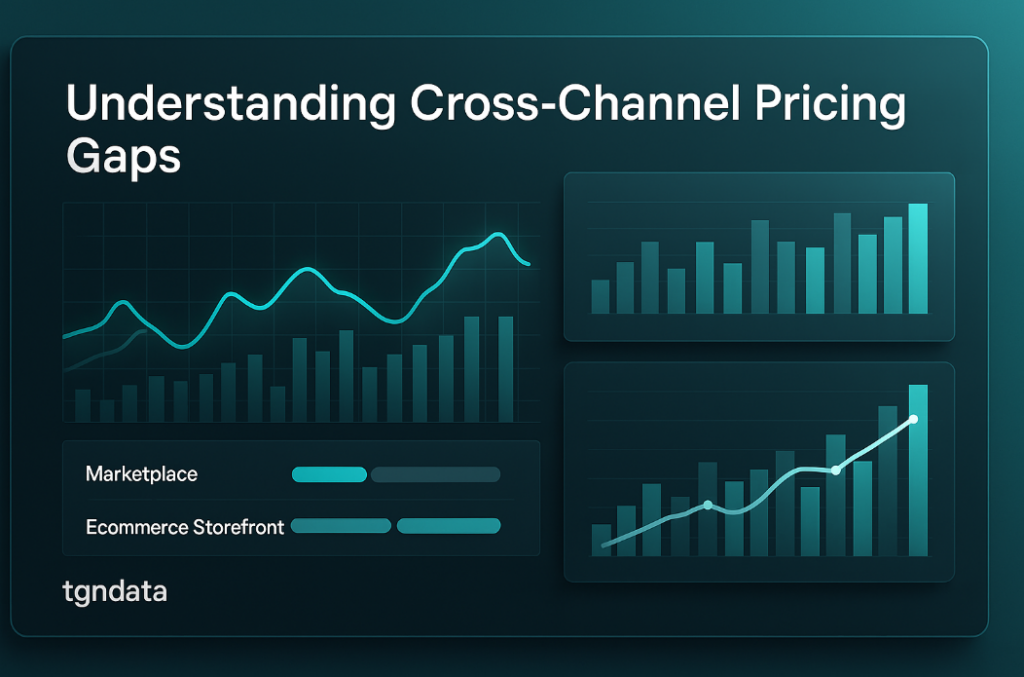
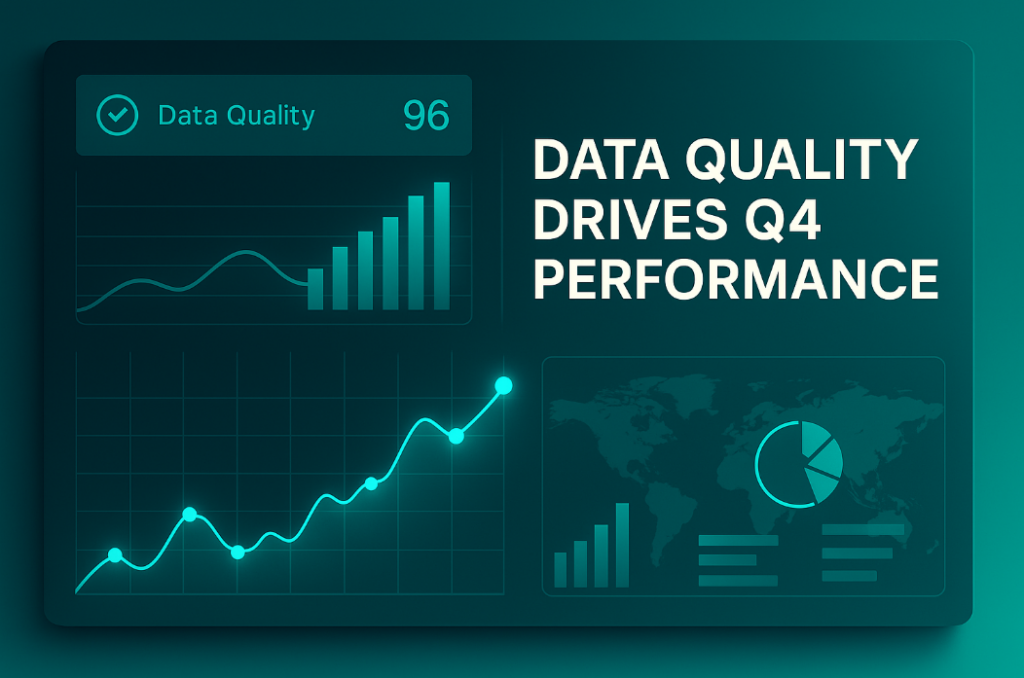
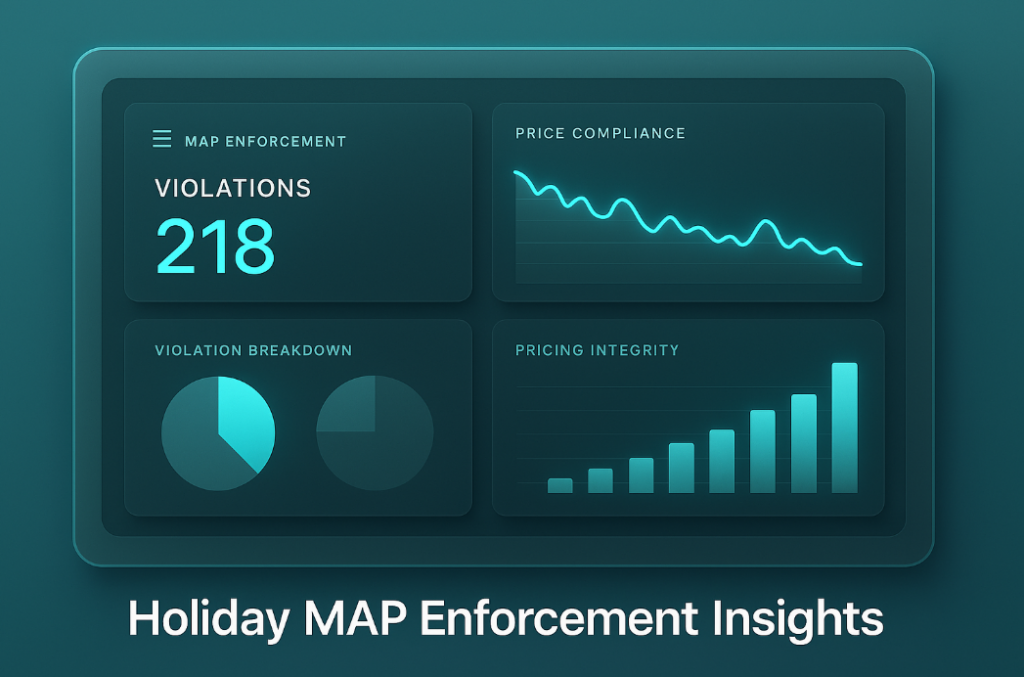
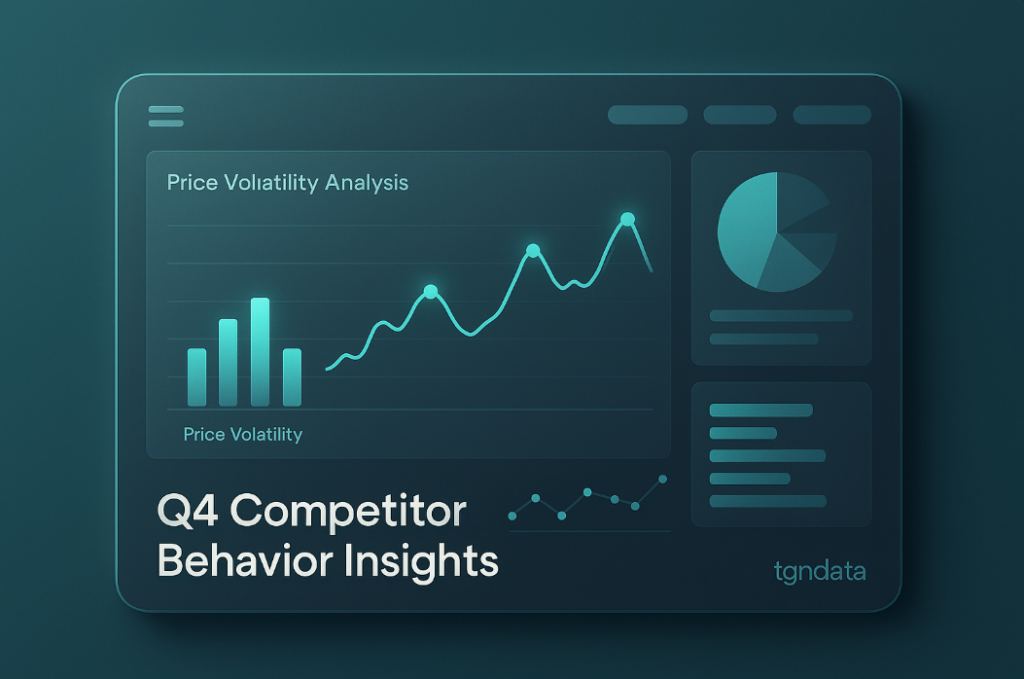
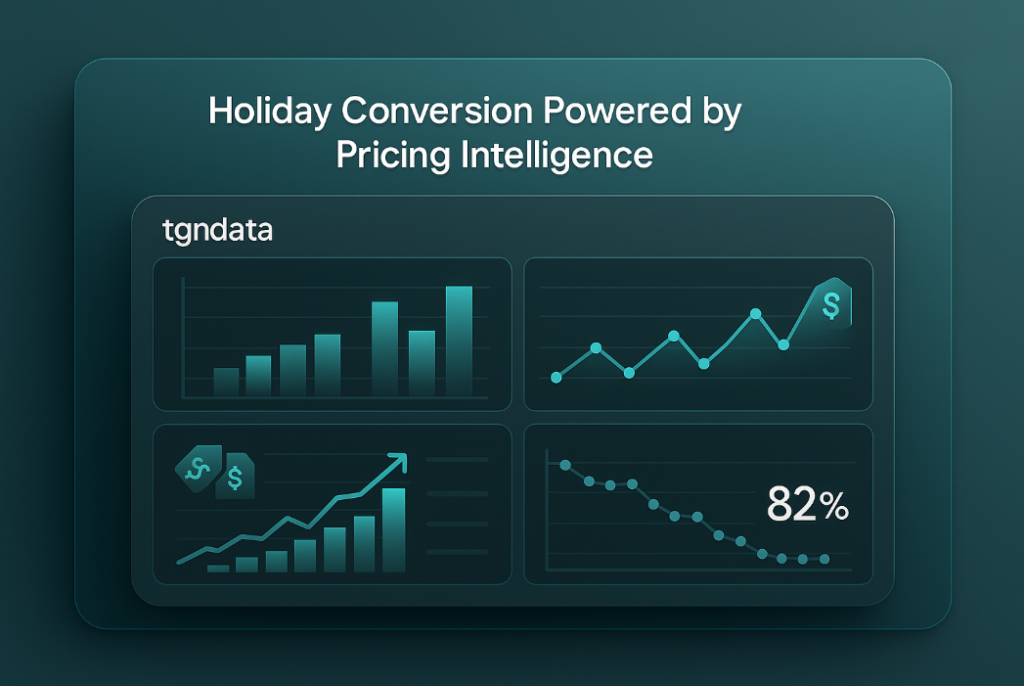






Missing an important marketplace?
Send us your request to add it!